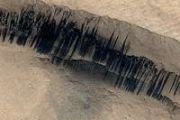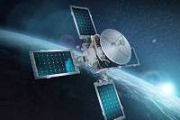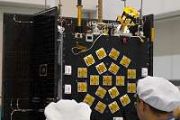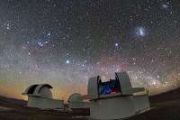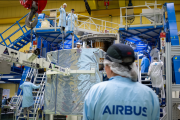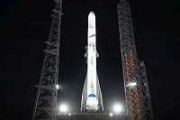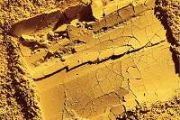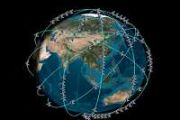
Copernical Team
How different were galaxies in the early universe
 An array of 350 radio telescopes in the Karoo desert of South Africa is getting closer to detecting the "cosmic dawn" - the era after the Big Bang when stars first ignited and galaxies began to bloom.
A team of scientists from across North America, Europe, and South Africa has doubled the sensitivity of a radio telescope called the Hydrogen Epoch of Reionization Array (HERA). With this bre
An array of 350 radio telescopes in the Karoo desert of South Africa is getting closer to detecting the "cosmic dawn" - the era after the Big Bang when stars first ignited and galaxies began to bloom.
A team of scientists from across North America, Europe, and South Africa has doubled the sensitivity of a radio telescope called the Hydrogen Epoch of Reionization Array (HERA). With this bre Mapping dark matter like never before
 A new groundbreaking image from one of the world's most powerful telescopes that reveals the most detailed map of dark matter distributed across one quarter of the sky, and deep into the cosmos, offers scientists a perspective that may lead to new methods to demystify dark matter.
The research that led to the image, completed by the Atacama Cosmology Telescope (ACT) collaboration, also pro
A new groundbreaking image from one of the world's most powerful telescopes that reveals the most detailed map of dark matter distributed across one quarter of the sky, and deep into the cosmos, offers scientists a perspective that may lead to new methods to demystify dark matter.
The research that led to the image, completed by the Atacama Cosmology Telescope (ACT) collaboration, also pro Europe's JUICE mission blasts off towards Jupiter's icy moons
 The European Space Agency's JUICE space probe successfully took off on Friday for a mission to discover whether Jupiter's icy moons are capable of hosting extra-terrestrial life in their vast, hidden oceans.
The launch on an Ariane 5 rocket from Europe's spaceport in Kourou, French Guiana, came after a previous attempt on Thursday was called off due to the risk of lightning.
Despite clou
The European Space Agency's JUICE space probe successfully took off on Friday for a mission to discover whether Jupiter's icy moons are capable of hosting extra-terrestrial life in their vast, hidden oceans.
The launch on an Ariane 5 rocket from Europe's spaceport in Kourou, French Guiana, came after a previous attempt on Thursday was called off due to the risk of lightning.
Despite clou SpaceX will try to launch most powerful rocket ever Monday
 SpaceX plans to carry out its first test flight on Monday of Starship, the most powerful rocket ever built, designed to send astronauts to the Moon and eventually beyond.
The launch is scheduled to take place at 7:00 am (1200 GMT) from the sprawling Texas base of the private space company owned by billionaire Elon Musk.
Fallback times are scheduled later in the week if Monday's attempt i
SpaceX plans to carry out its first test flight on Monday of Starship, the most powerful rocket ever built, designed to send astronauts to the Moon and eventually beyond.
The launch is scheduled to take place at 7:00 am (1200 GMT) from the sprawling Texas base of the private space company owned by billionaire Elon Musk.
Fallback times are scheduled later in the week if Monday's attempt i NASA's Lucy mission snaps its first views of Trojan asteroid targets
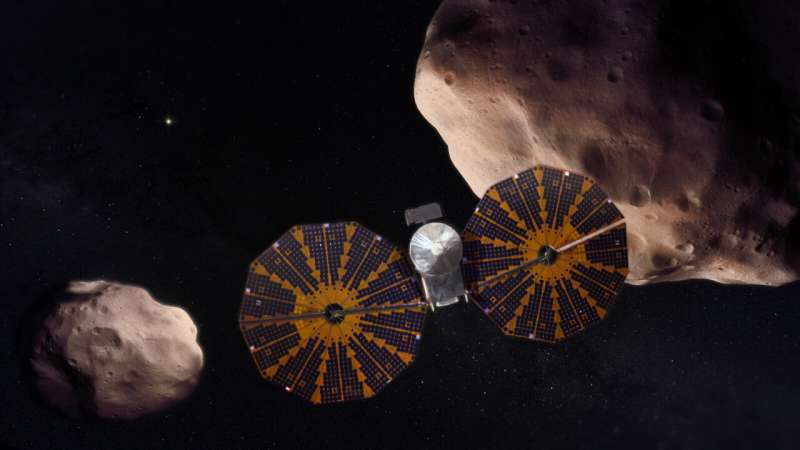
Some of the asteroids NASA's Lucy mission will visit are still more than 330 million miles (530 million kilometers) away from the spacecraft, which is more than three times the average distance between Earth and the sun. But despite the great distance and the comparatively small sizes of these asteroids, Lucy caught views of four of them recently.
From March 25 to 27, 2023, Lucy used its highest resolution imager, L'LORRI, to capture its first views of four Jupiter Trojan asteroids. From left to right in the above image: Eurybates, Polymele, Leucus, and Orus.
Although the four images are all at the same scale, the orientation of each is different, reflecting the different orientations of the L'LORRI camera as it turned to capture each target.
The targets were also observed for different time periods based on their rotation periods:
- Eurybates images were taken over a span of 6.5 hours.
- Polymele, about 2.5 hours.
- Leucus, 2 hours.
- Orus, 10 hours.
These images are the first in a series of planned observations designed to measure how the Trojan asteroids reflect light at higher angles than is observable from Earth.
NASA's Ingenuity Mars helicopter completes 50th flight
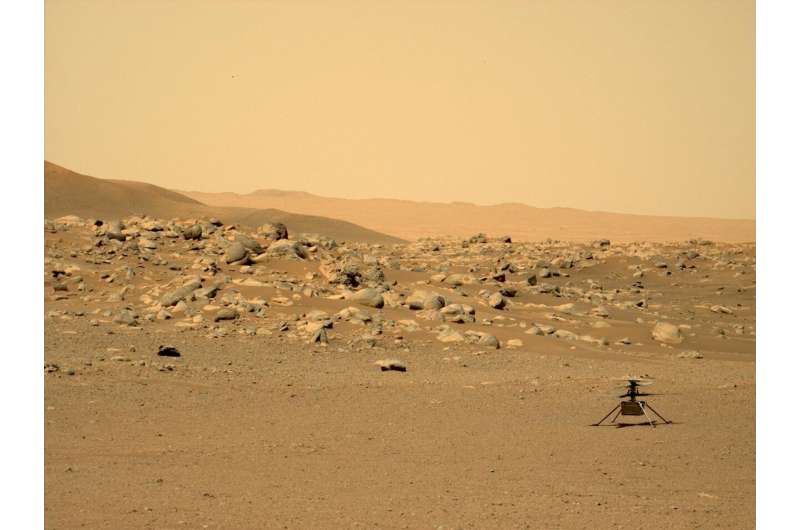
The history-making rotorcraft has recently been negotiating some of the most hazardous terrain it's encountered on the Red Planet.
NASA's Ingenuity Mars Helicopter has completed its 50th flight on Mars. The first aircraft on another world reached the half-century mark on April 13, traveling over 1,057.09 feet (322.2 meters) in 145.7 seconds.
From CERN to Jupiter: Juice embarks on its historic journey
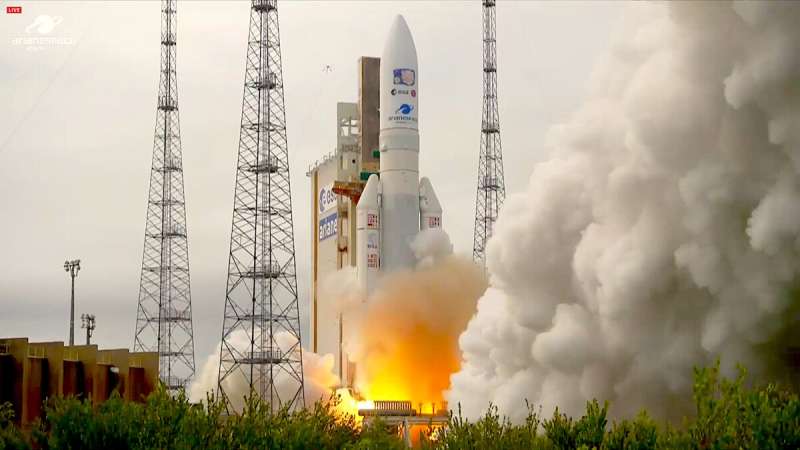
It is not only in the tunnels of CERN that we learn about the origin and composition of the universe. Look up, and space offers the most beautiful phenomena to study: black holes, dark matter, cosmic rays, etc. Studying planets, their structure and their composition teach us a lot about the formation of our own planet and might one day lead us to find a habitat and possibly life.
One of the intriguing features of the biggest planet in our galaxy, Jupiter, is the sheer number of its moons, almost one hundred in total, three of which have large oceans under a huge ice crust.
Juice launch broadcast replay
 Video:
02:22:14
Video:
02:22:14
Watch a replay of the launch broadcast for ESA’s Jupiter Icy Moons Explorer, Juice.
Juice was launched into space on an Ariane 5 from Europe’s Spaceport in French Guiana on 14 April 2023, on an eight-year cruise to Jupiter. It will make detailed observations of gas giant Jupiter and its three large ocean-bearing moons – Ganymede, Callisto and Europa.
The programme includes live segments from the Spaceport and ESA’s European Spacecraft Operations Centre (ESOC) in Darmstadt, Germany.
European spacecraft on way to Jupiter and its icy moons
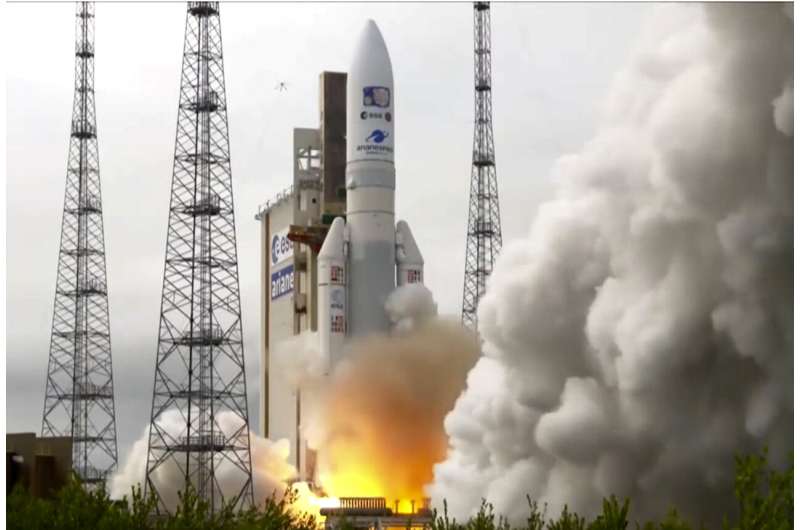

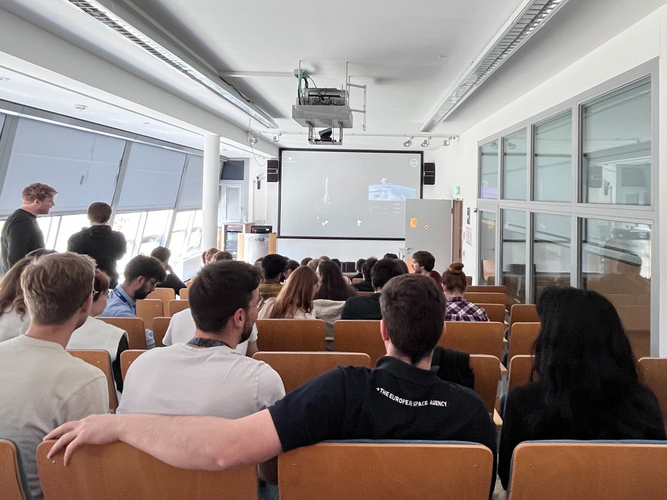 Image:
Juice for all
Image:
Juice for all 




